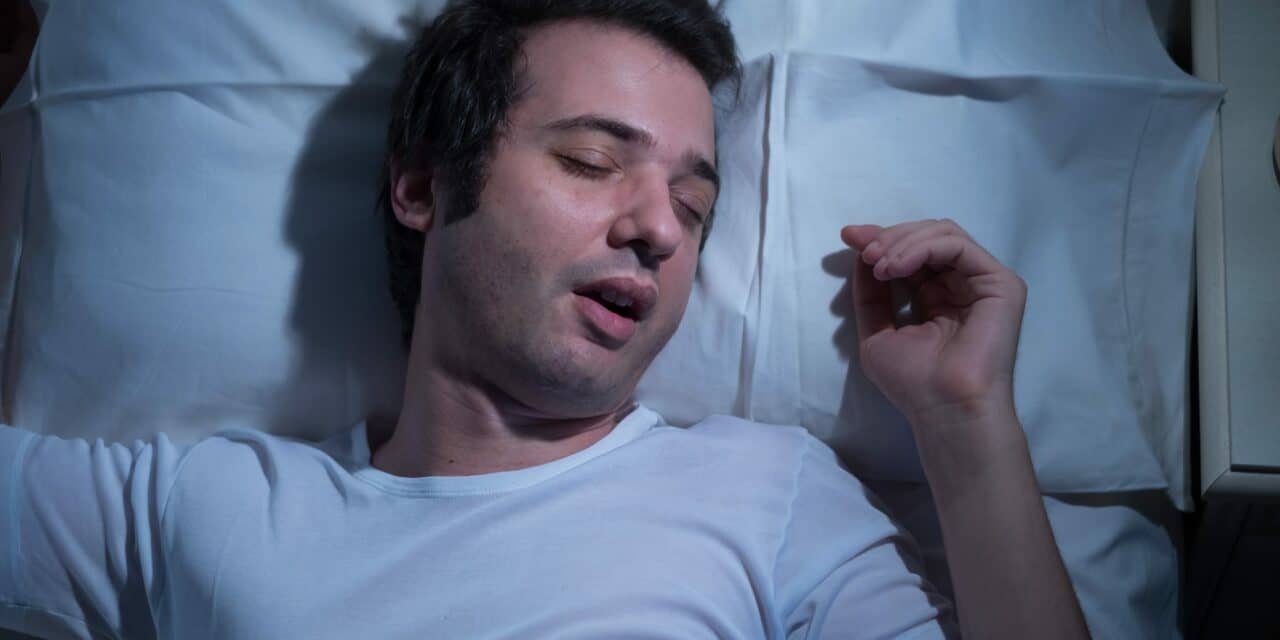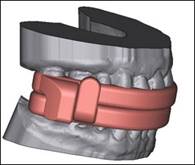New research that flips an existing therapy model will introduce a whole new way of treating obstructive sleep apnea (OSA), according to investigators of a study published in the Annals of the American Thoracic Society.
Professor Danny Eckert, PhD, director at the Adelaide Institute for Sleep Health: Flinders Health and Medical Research Institute Sleep Health Research Program, and his research team examined shortcomings in some people’s response to continuous positive airway pressure machine (CPAP) and found that adding combinations of therapies gets impressive results in those who are unable to tolerate CPAP.
Oral appliance therapy (OAT) is an effective treatment for many people with OSA but does not fully control OSA in about 50% of cases, according to a release from Flinders University.
This study aimed to control OSA in individuals who have an incomplete response to using only OAT, with the solution being to use additional targeted therapies informed by each individual’s specific causes of OSA, known as endotype characterization.
“Rather than everyone first trying CPAP, for whom we know at least 50% will fail, we flipped the model on its head and gave everyone a dental split in the first instance,” says Eckert in a release. “This tends to be much better tolerated than CPAP, though it is less efficacious overall, as it works in about 50% of people.”
However, researchers found that if the dental device alone was insufficient, they added extra treatments—and this combination of therapies fixed almost all the 50% of the remaining patients.
“We then added alternate and emerging therapies, such as oxygen therapy and novel medications informed by the findings of a detailed sleep study that we did which tells us exactly why each person gets their OSA,” says Eckert in the release. “If this combination approach didn’t fully work, we then gave CPAP, but only as a last resort. Using this new approach, we were able to treat almost all participants, and only a few required CPAP. Essentially, we believe this outlines a whole new way of treating sleep apnea.”
Photo 75143007 © Tommaso79 | Dreamstime.com





